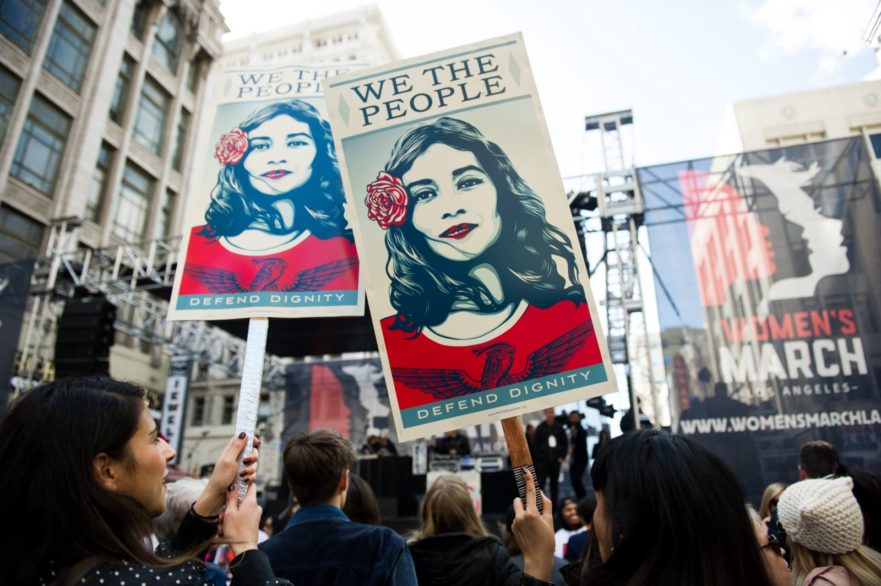By Naomi LaChance
The man suspected of firing dozens of rounds on congressional Republicans this morning also had a history of domestic violence, documents show.
James T. Hodgkinson, 66, was arrested for assaulting his girlfriend in 2006. He died this morning after a shootout with police. Five people, including House Majority Whip Steve Scalise, were injured in the 6 a.m. shooting.
In 2006, at the point of Hodgkinson’s arrest, police said that they found a pocket knife, a 12-gauge shotgun, and hair pulled out of his girlfriend’s head.
There is an established link between terrorism and domestic violence — yet despite this, weak legislation and lack of funding for domestic-violence support centers mean that the pattern continues.
- Omar Mateen, who killed 49 and wounded 53 at the Pulse nightclub in Orlando last June, subjected his first wife, Sitora Yusifiy, to physical and psychological abuse. In their four-month marriage he allegedly held her hostage.
- Seung-Hui Cho, who shot and killed 32 people at Virginia Tech in 2007, had been charged with stalking female students before the shooting.
- Boston Marathon bomber Tamerlan Tsarnaev was arrested for domestic assault and battery of a woman.
- Robert Lewis Dear, who killed three people at a Colorado Planned Parenthood in 2015, had a history of domestic violence.
- Mohamed Lahouaiej-Bouhlel, who killed 84 and injured over 300 people last July in Nice, France, had assaulted his wife, according to authorities.
- Esteban Santiago, who killed five people in Fort Lauderdale in February, was accused twice of trying to strangle his girlfriend.
- Cedric Ford received a restraining order from an ex-girlfriend for abuse and, 90 minutes later, shot 17 people and killed 3 last year in Kansas.
And that doesn’t include terrorism where a wife or girlfriend is targeted. In 2015, the Huffington Post found that 70 percent of mass shootings happened at home, and 42 percent of shootings involved a current or former intimate partner. In April, for example, Cedric Anderson entered a California elementary school, killing an eight-year-old, his estranged wife, and himself. He had a history of domestic violence.
Soraya Chemaly wrote at Rolling Stone: “Intimate partner violence and the toxic masculinity that fuels it are the canaries in the coal mine for understanding public terror, and yet this connection continues largely to be ignored, to everyone’s endangerment.”
The 1996 Lautenberg Amendment prevents people with domestic-violence misdemeanors or restraining orders from owning firearms, but some states don’t screen potential gun buyers, making the amendment difficult to enforce. In places where the law is enforced, it doesn’t cover dating partners, only coparents or married couples. In 41 states, people convicted of domestic violence don’t have to give back their guns. The Violence Against Women Act provided some services for victims of domestic violence, which the Trump administration is looking to defund.
Domestic violence is a symptom of a broader issue and should be taken very seriously. Amanda Taub wrote at the New York Times: “Intimate terrorism… rests on a broader spectrum of violence meant to preserve the traditional dominance of heterosexual men, and coerce those who are perceived as threatening that order. That spectrum, at the extreme end, includes mass shootings.”


Comments
Excellent piece – and this connection makes a lot of sense. The lack of enforcement and even greater lack of responsibility on the parts of states that do not require guns to be handed over and don’t actively bar such criminals from buying guns is disappointing to say the least. Thank you for this article.
We need more of a focus on this issue, it’s so sad and not that surprising that it’s not covered enough, but thank you for shining more of a light on this, it’s truly needed.